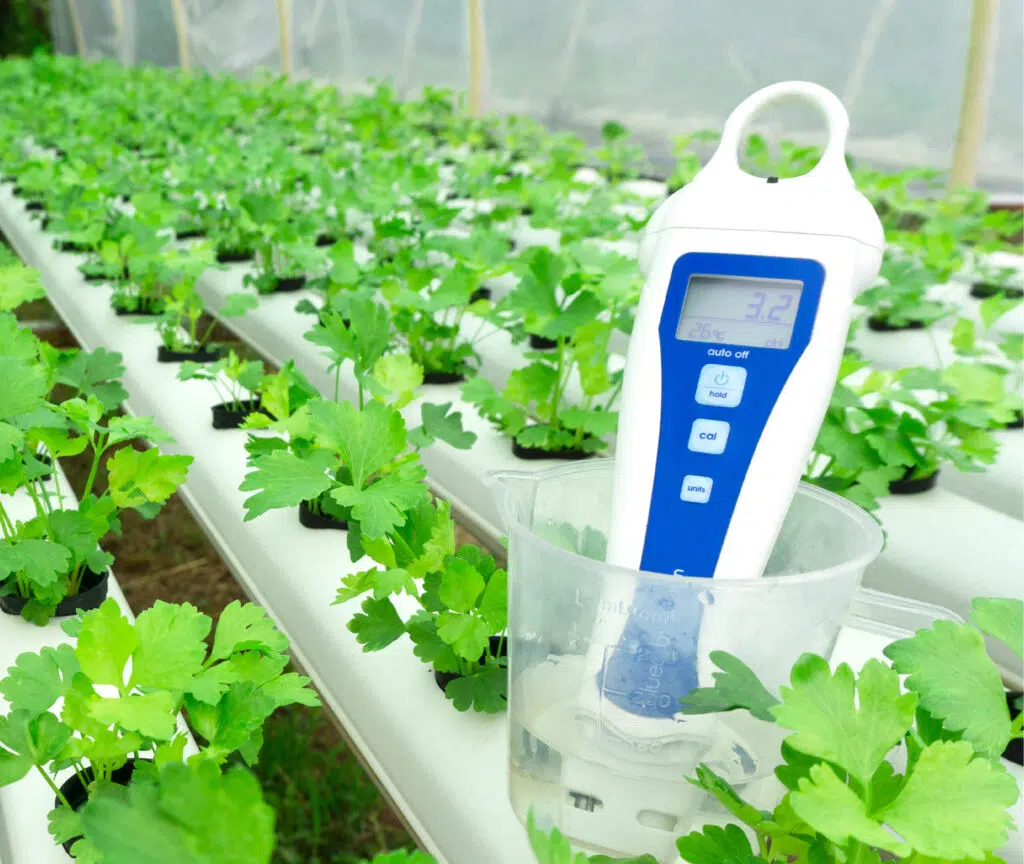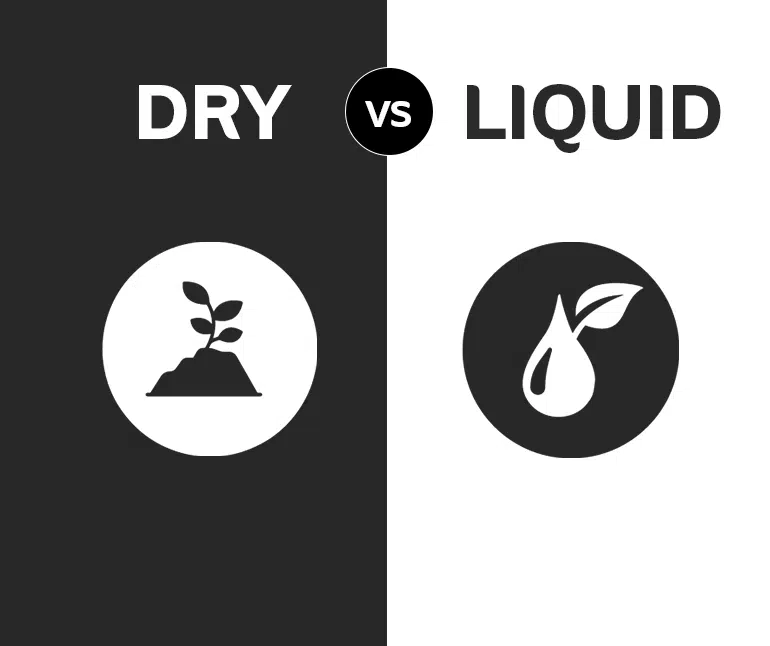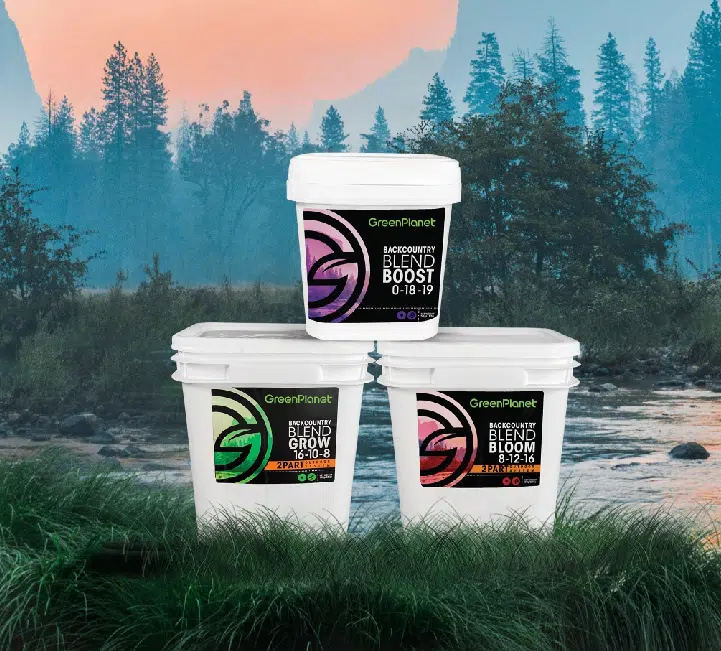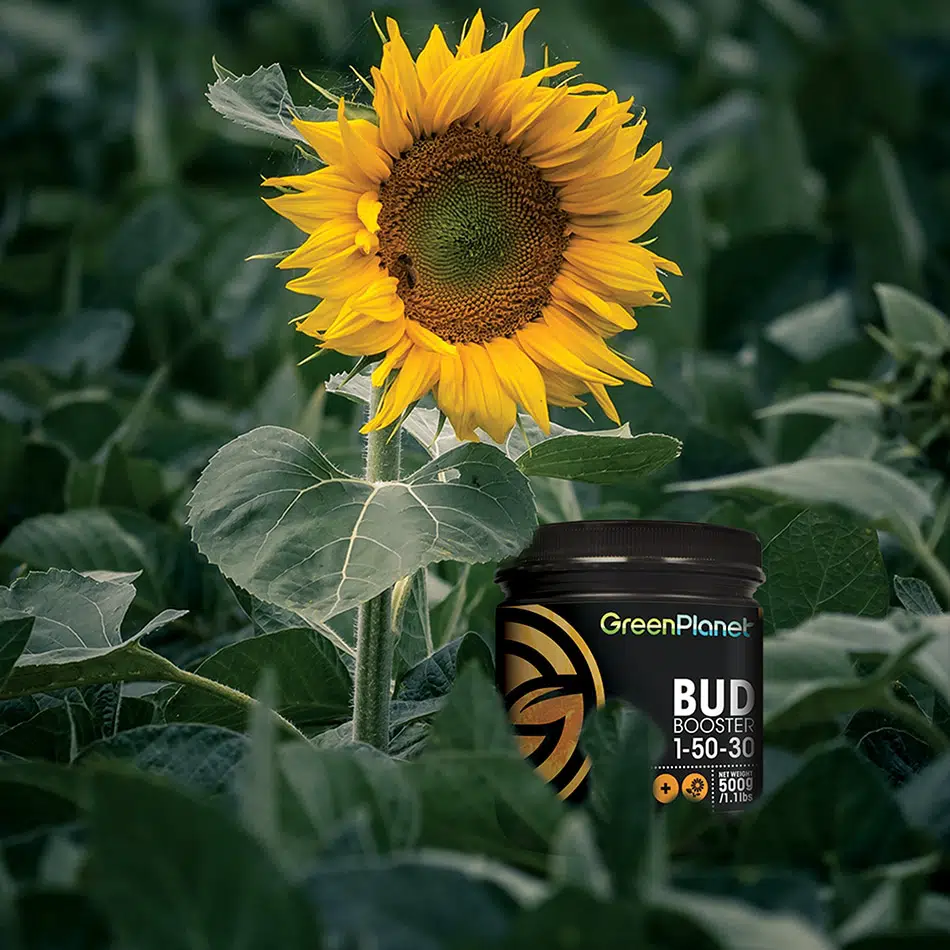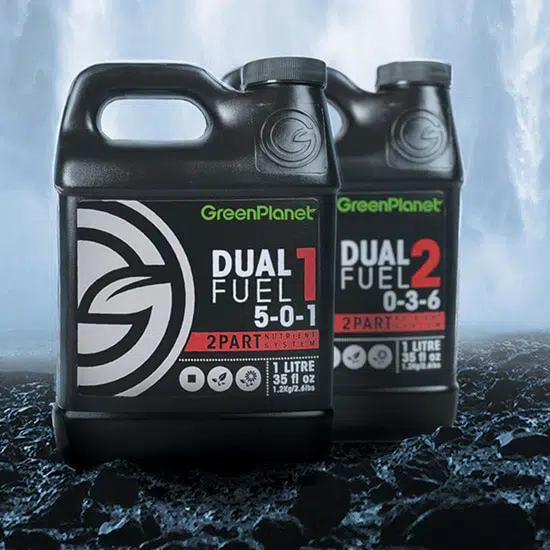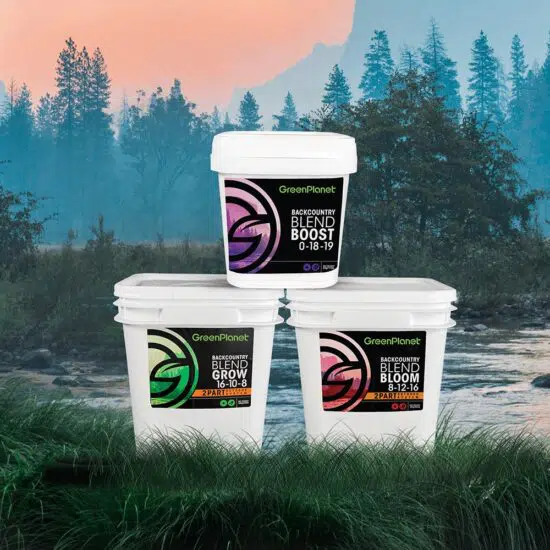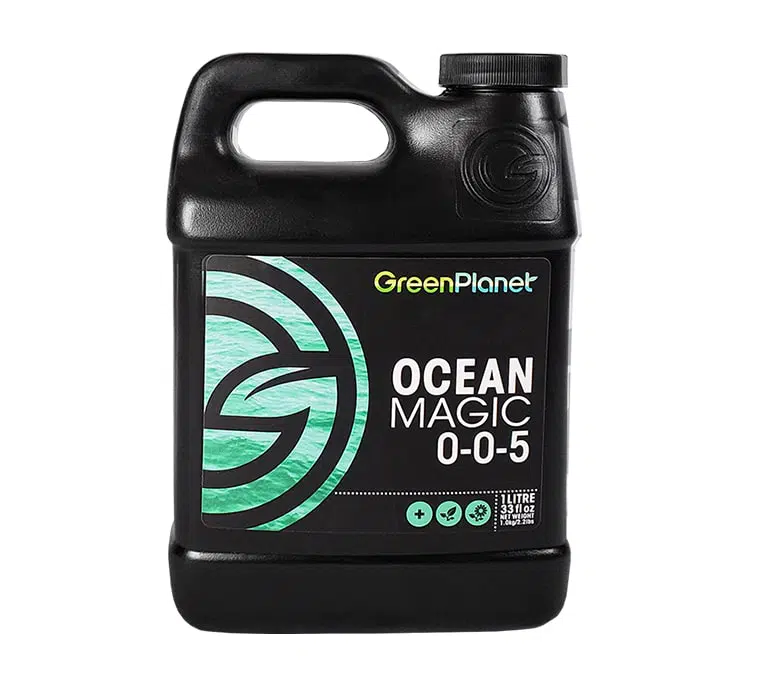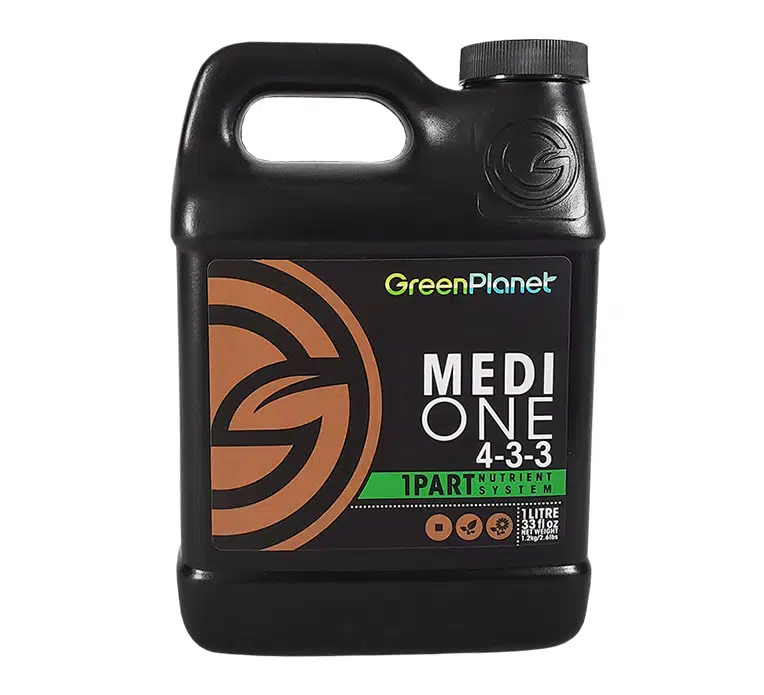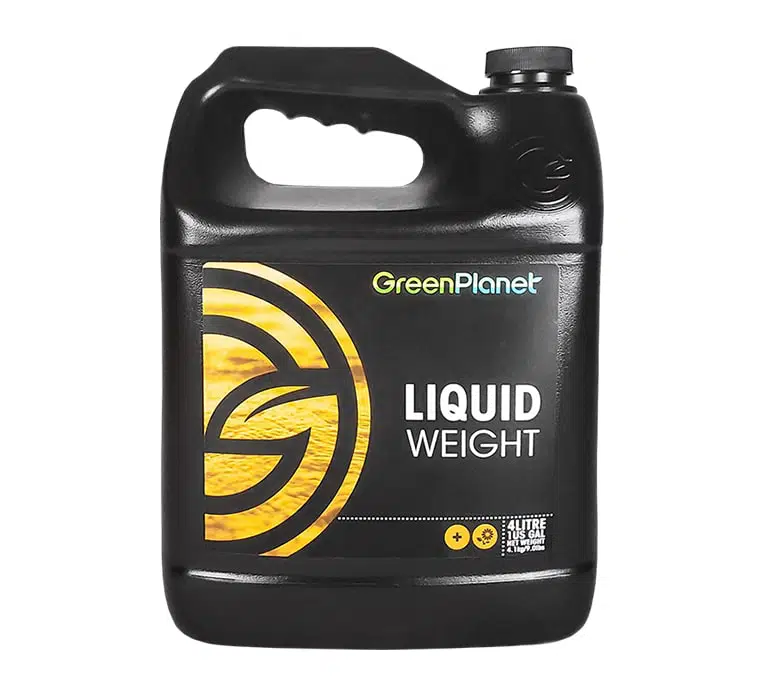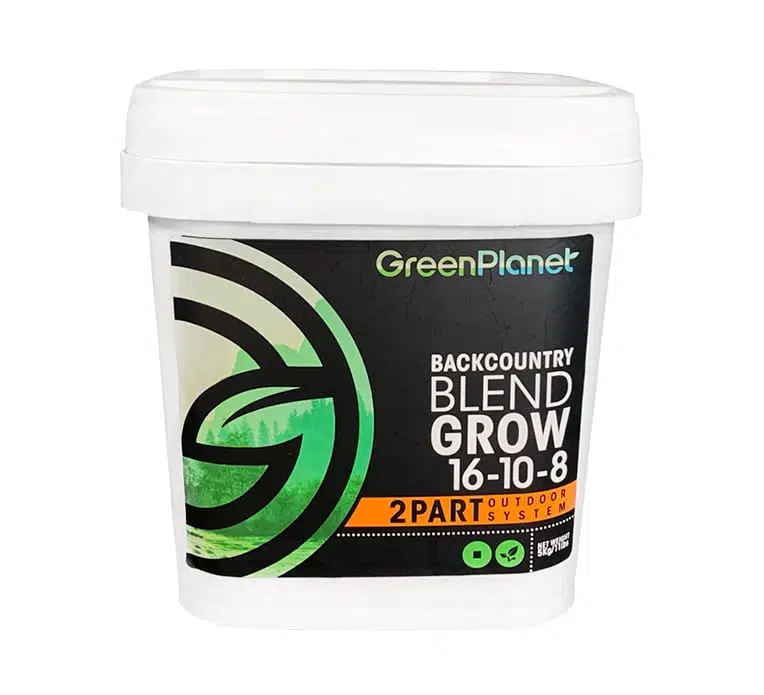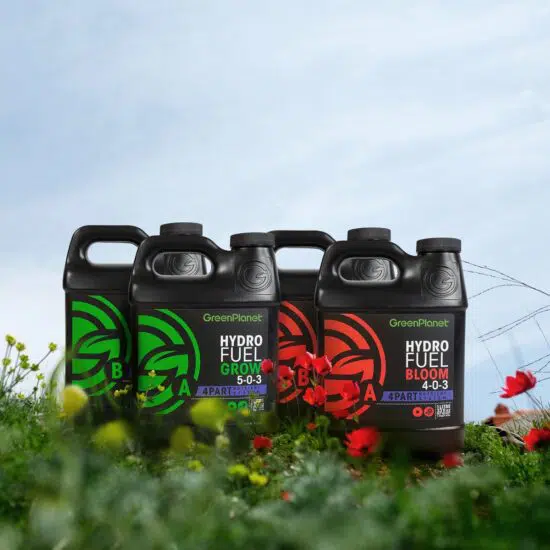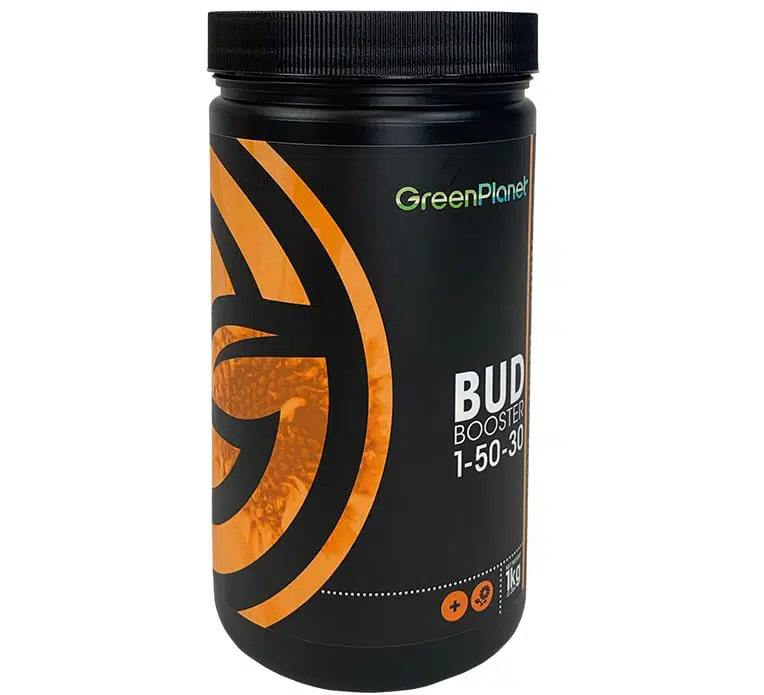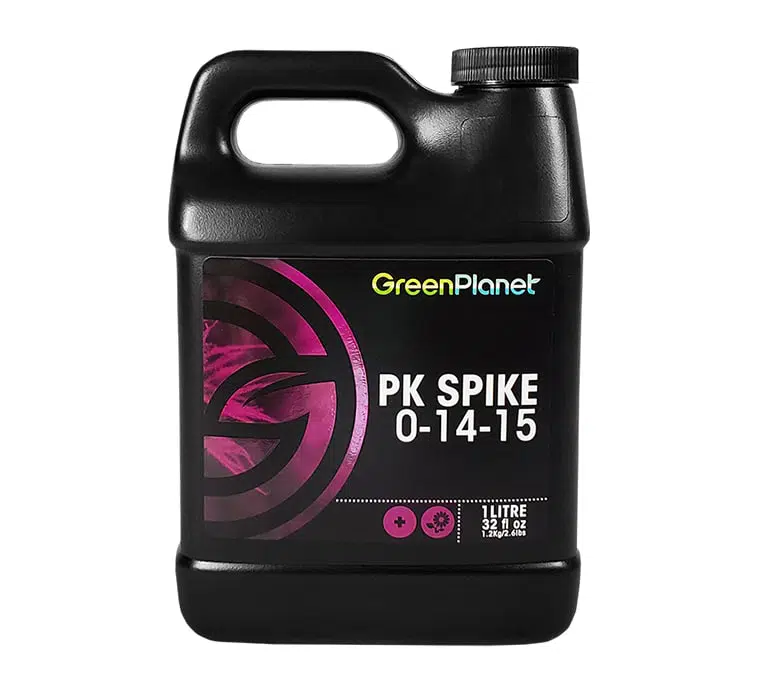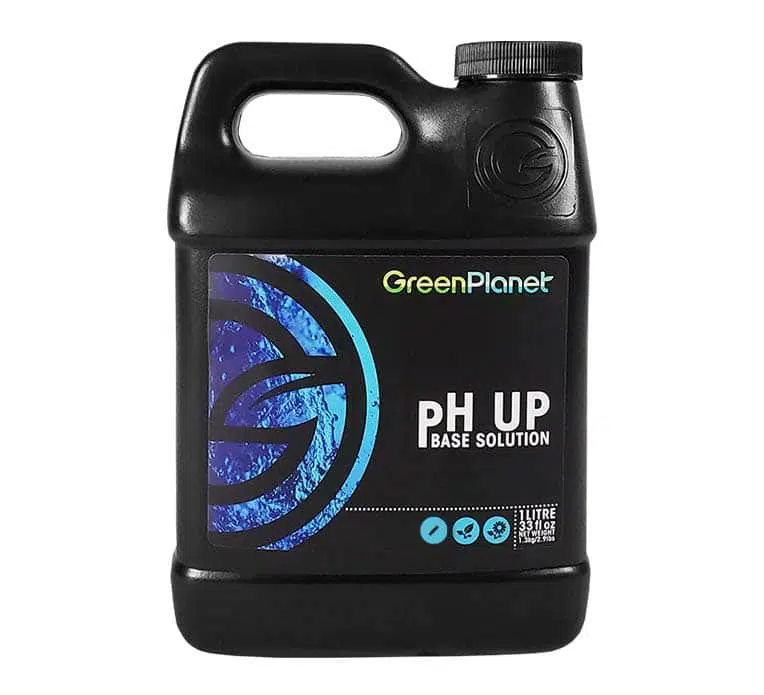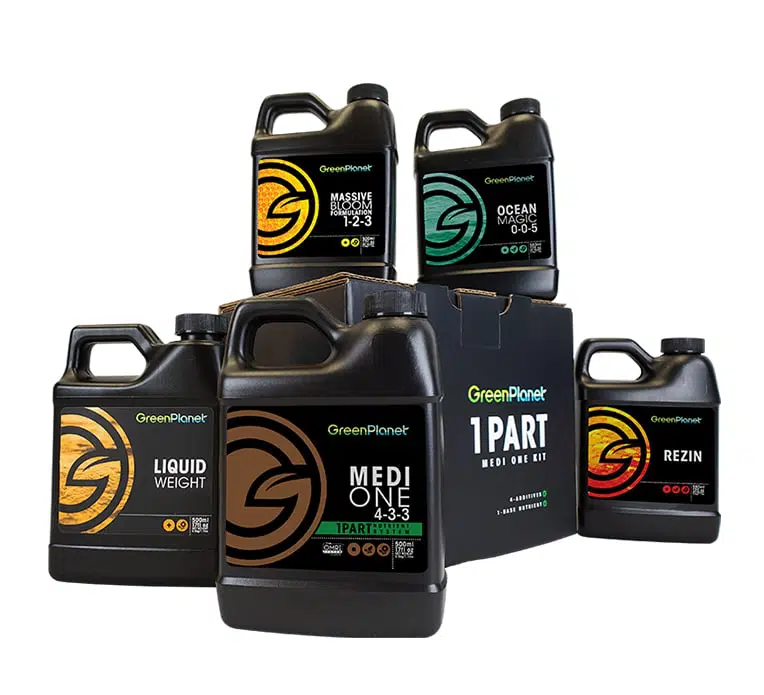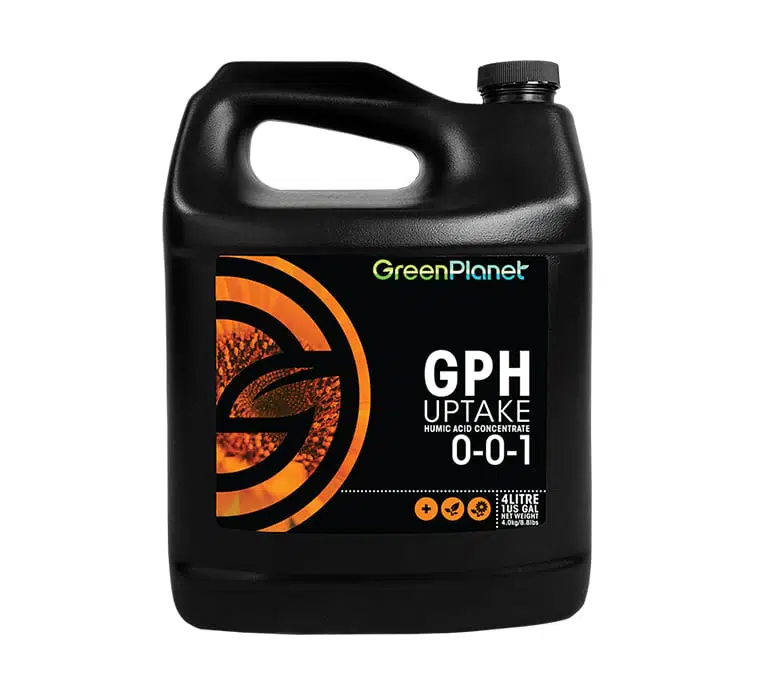What is N-P-K?
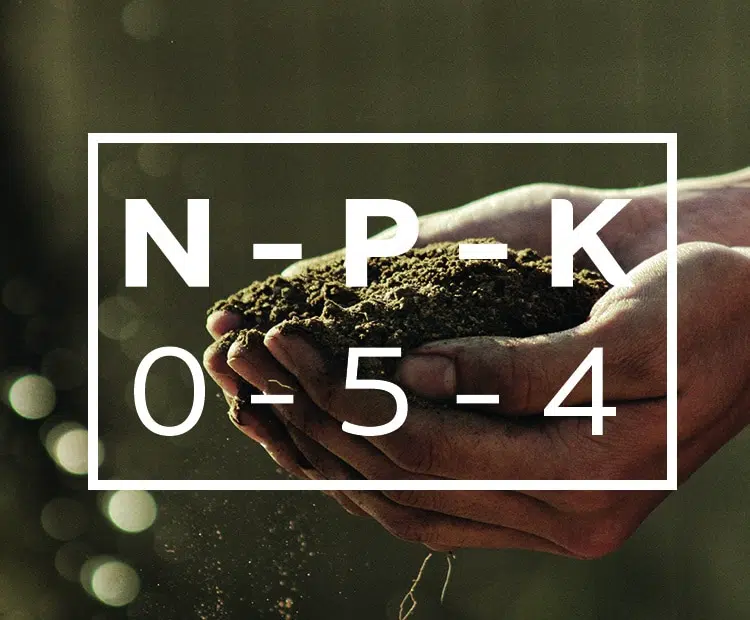
All of our fertilizers are clearly marked with three numbers that represent nitrogen (N), phosphorus (P) and potassium (K), or NPK for short. These indicate the three major nutrient components of fertilizers that are essential for the growth, flowering and overall health of plants.
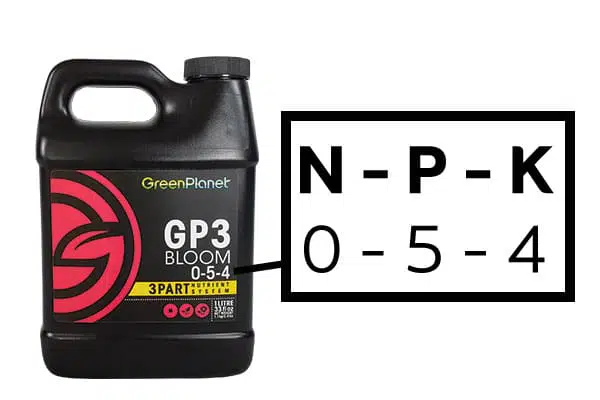
Understanding the ratio of the fertilizers
The NPK ratio isn’t rocket science and once you understand the principals, you can use this quick universal tool for all your cultivation endeavors. From understanding NPK values, you will be able to select the right product based on what your plants actually need.
For example, if you are growing leafy vegetables then you may want to apply a fertilizer that has a higher nitrogen level to encourage leafy growth. If you are growing flowers, you may want to apply a fertilizer that has a higher phosphorus level to encourage more blooming.
What are these three Macro Nutrients?
Firstly, you need to know what these three macronutrients are and why they are the most vital nutrients your plants need.
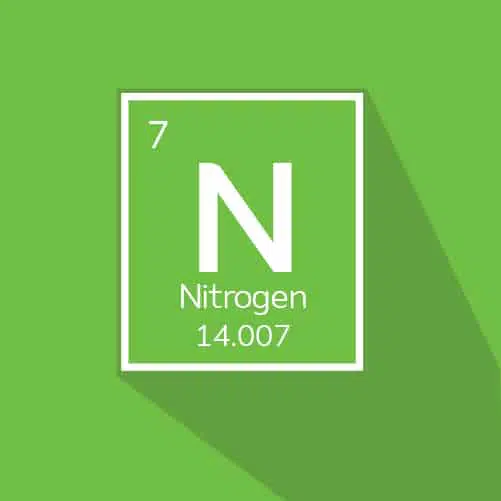
Nitrogen (N)
Nitrogen is an important plant nutrient that fuels lush growth, deep green foliage, and resistance to adverse conditions, such as diseases and pests. Without nitrogen, plants grow slowly and develop small, stunted, and deformed leaves that are yellow or pale green. However, too much nitrogen can harm a plant and may cause leaves to turn yellow or brown. Too much nitrogen is especially dangerous for young plants that are not yet well-rooted.
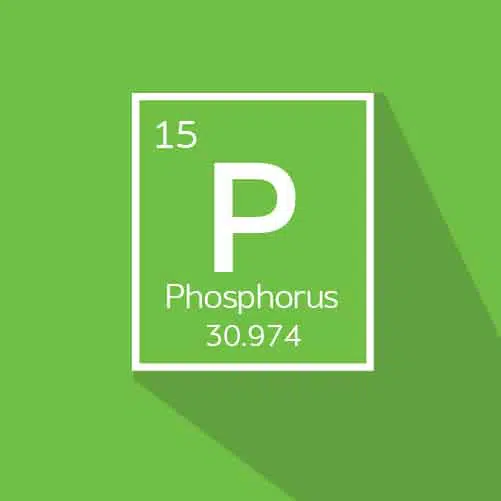
Phosphorus (P)
Phosphorus, which promotes overall plant health and healthy tissue development, is especially important for young plants in the process of establishing roots. Phosphorus also assists in the development of seeds. Plants with adequate phosphorus are strong and productive, resulting in more flowers, vegetables or fruits. A phosphorus deficiency results in slow plant growth, discoloration, and stunted, disfigured leaves with a scorched appearance.
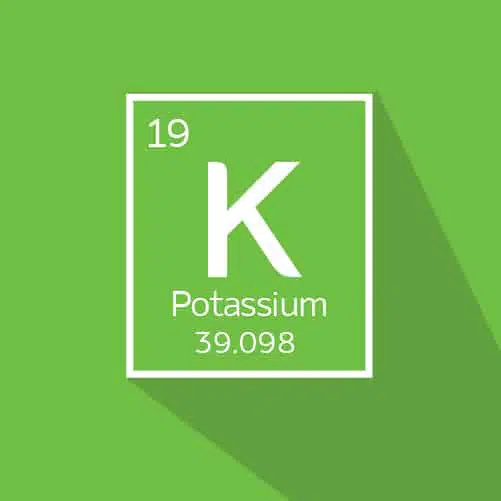
Potassium (K)
Potassium contributes to strong roots and plant vigor, boosting the plant’s immune system and strengthening tolerance to pests and disease, as well environmental factors such as drought or bad weather. Plants with adequate potassium will display vibrant floral production. A plant with a potassium deficiency may suffer from stunted growth and scorched leaves, especially on the leaf tips. The deficiency is most evident on the lower and middle leaves of the plant.
What do the NPK numbers mean?
So now you know what nitrogen (N), phosphorus (P) and potassium (K) are, it’s now time to understand what the number values mean in relation to the NPK.
The higher the number, the more concentrated the nutrient is in the fertilizer. For example, numbers on fertilizer listed as 20-5-5 has four times more nitrogen in it than phosphorus and potassium. A 20-20-20 fertilizer has twice as much concentration of all three nutrients than 10-10-10.
A fertilizer that contains only one macro-nutrient will have “0” in the other values. For example, if a fertilizer is 10-0-0, then it only contains nitrogen.
Understanding our products
Making it easier for you. Now we’ve told you what NPK is, below are examples of certain products which best showcase these NPK values.
Example of Nitrogen heavy plant nutrient
NPK: 5 – 0 – 1
Dual Fuel 1 is an example of a nitrogen (N) heavy-based product that promotes vigorous, green foliage throughout the plant’s life.
Example of Phosphorus heavy plant nutrient
NPK: 0 – 14 -15
PK Spike is an example of a phosphorus (P) heavy-based product that helps facilitate bulking, and ripening of flowering plants.
Example of Potassium heavy plant nutrient
NPK: 0 – 0 – 62
Dense is an example of a potassium (K) heavy product that is designed to maximize mass and bulk flowers during the bloom stage.
So now that you know what the three numbers on our bottles mean, you’ll be able to search our product catalog and find the right products for your garden. If you have any questions or concerns please contact our sales team today for the latest tips and advice.
Check out our Resource Centre for more product information

Read More
- What are Additive Nutrients?An additive nutrient, or nutrient supplement, can be described as any plant food product that seeks to enhance natural patterns of development. Unlike base nutrients, which are designed to progress and maintain healthy patterns of growth and bloom, additive nutrients and supplements aim to promote specific actions, whether it be the development of large, dense… Read more: What are Additive Nutrients?
- Why Testing the pH of Your Runoff Can Save Your CropIf you’ve recently noticed some leaf discoloration, mutation, or poor growth, it’s quite likely an inadequate pH range is the culprit behind these issues. pH is among the most important factors in the garden. But to understand it, we must first look at the basic biological functions of plants. In total, there are 16 essential… Read more: Why Testing the pH of Your Runoff Can Save Your Crop
- What’s the Difference Between Dry and Liquid Fertilizer?Unfortunately, not all fertilizers are created equal. That’s not to say that one product or feed program won’t perform as advertised, but as we’ve learned from experience, there are a mountain of factors that go into producing a bountiful harvest: plant genetics, environmental controls and growing systems usually trump the list of important inputs —… Read more: What’s the Difference Between Dry and Liquid Fertilizer?



